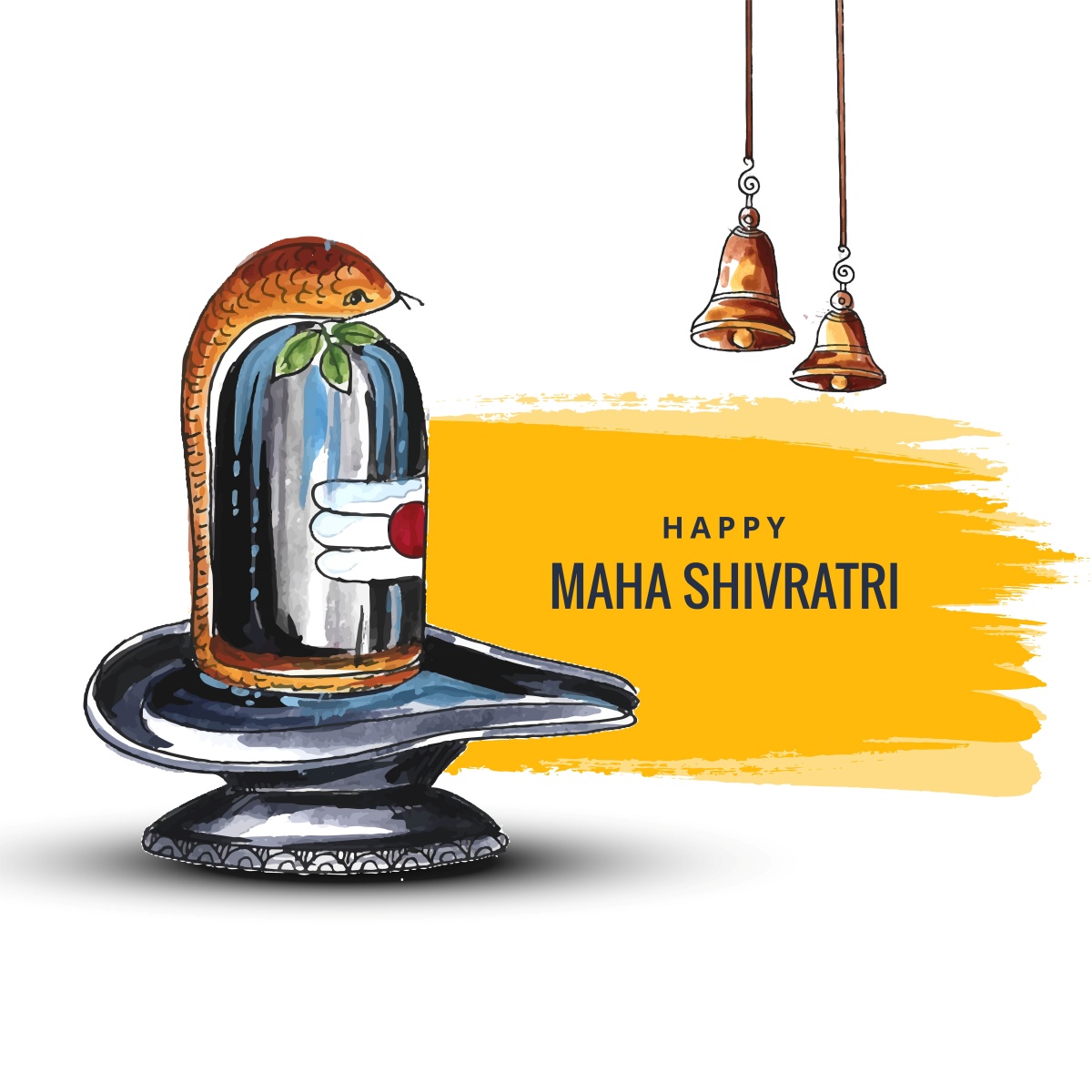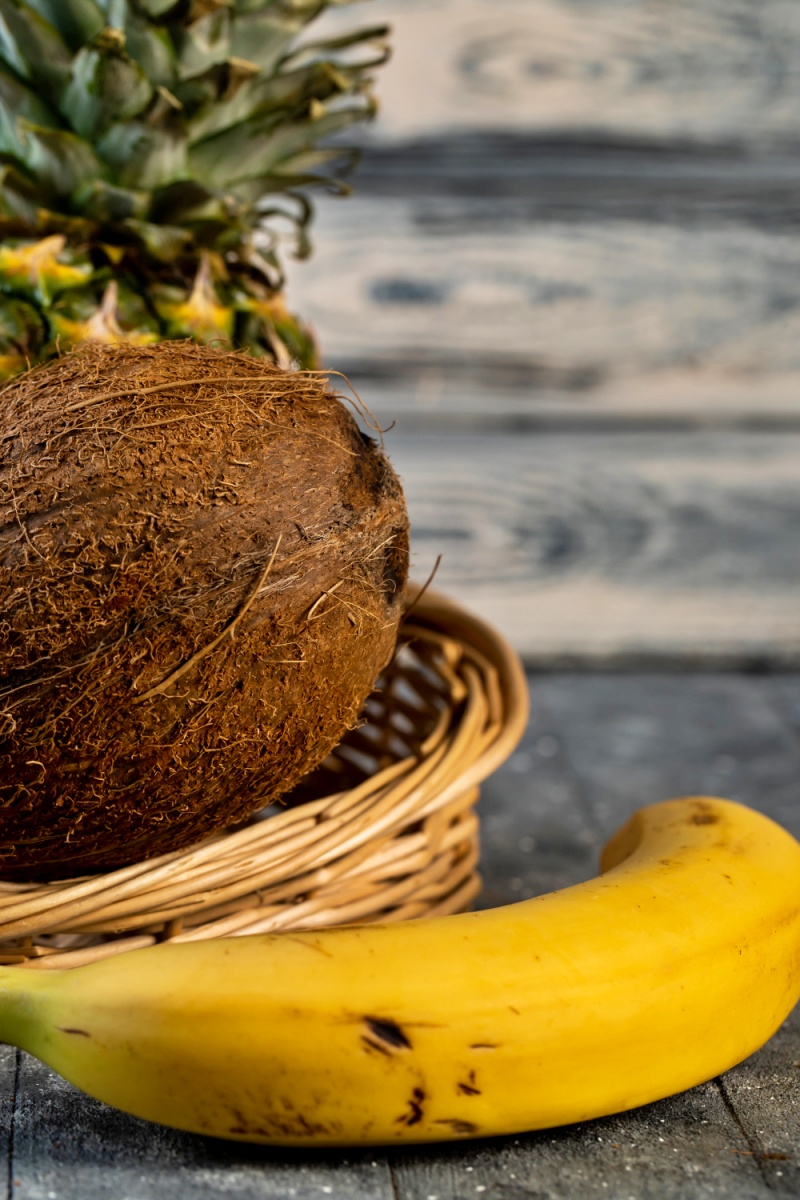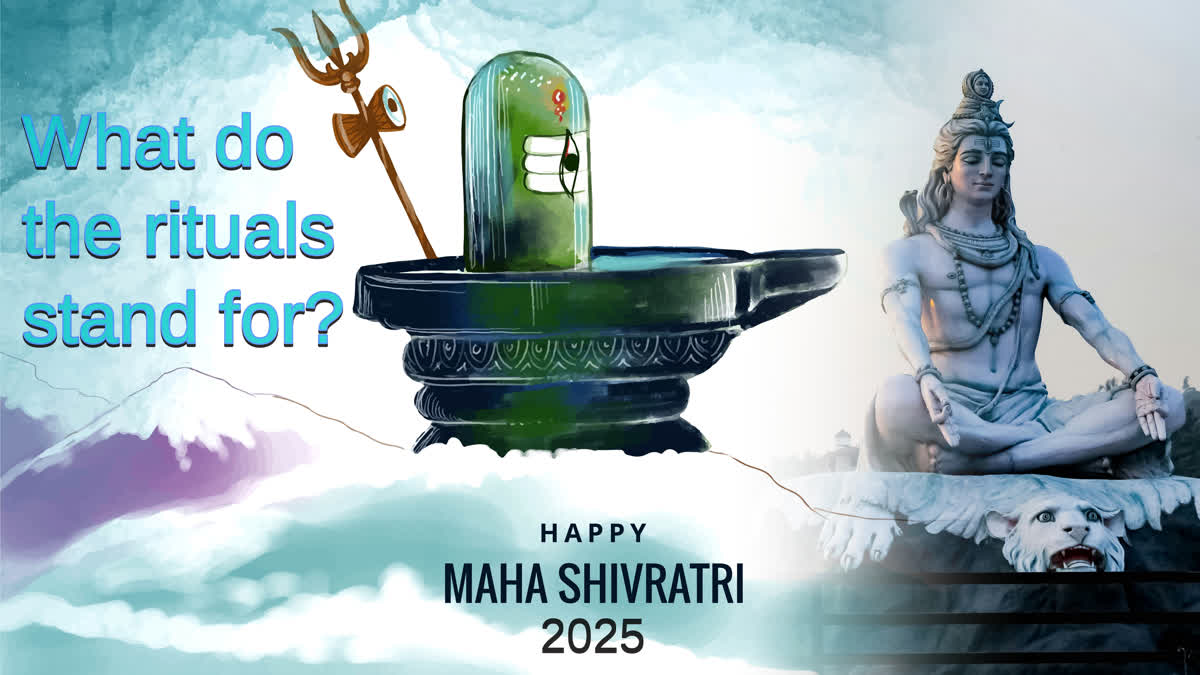Every year, millions of people across India and beyond stay awake, chant prayers, and perform rituals in honour of Lord Shiva. Mahashivaratri is one of the most significant Hindu festivals, but what makes this night so special? And why do devotees engage in such specific rituals, from fasting to pouring milk over a stone Lingam?
As it turns out, the traditions surrounding this night are more than mere religious practice, they are about discipline, mindfulness, and a deep-rooted connection between the human and the divine. Lord Shiva represents transformation. He is both the destroyer and the source of renewal.
Symbolism Behind Maha Shivratri Offerings
In Hindu traditions, every ritual has a meaning. Every object placed before Lord Shiva carries a message.

1. Milk and Water
The act of pouring milk and water over the Shiva Lingam is one of the most recognizable rituals of Mahashivaratri. But why? Milk represents purity, a clean slate, an offering of something nourishing and life-giving. Water (especially from the Ganga) is believed to carry divine energy, washing away negativity. By pouring these onto the Lingam, devotees are symbolically cleansing their own minds, hoping to remove ego, anger, and attachments.
2. Bael Leaves
With its three-lobed structure, the bael leaf is deeply significant in Shiva worship. It is said to represent the Trimurti (Brahma, Vishnu, and Shiva) or Shiva’s three fundamental aspects: creation, preservation, and destruction. Offering bael leaves is a gesture of surrender, an acknowledgment that life is ever-changing and impermanent.
3. Bhasma
Bhasma (Holy Ash) is often smeared on devotees’ foreheads during Maha Shivratri. The symbolism here is striking: that everything (wealth, power, even the body itself) will one day turn to dust. It encourages detachment from materialism and a focus on higher consciousness.
4. Fruits and Sweets
Fruits (especially coconuts, bananas, and mangoes) are offered as symbols of gratitude for the abundance of nature. The breaking of a coconut, in particular, represents the breaking of the ego, to show that true wisdom comes when pride is set aside.

5. Datura and Bhang
Perhaps the most unusual offering to Shiva is datura (an intoxicating but toxic plant) and bhang (a drink made from cannabis). These are linked to Shiva’s ascetic lifestyle, where he consumes poison and intoxicants but remains unaffected. Offering these items represents a devotee’s wish to transcend desires and remain unaffected by external temptations.
Do’s and Don’ts of Maha Shivaratri
Mahashivaratri is a festival of discipline. Observing it correctly means understanding the practices that have been followed for centuries and ensuring they align with the spirit of devotion.
Do’s:
- Fasting and Self-Control – Many devotees observe a fast, ranging from a full nirjala fast (no food or water) to a lighter fruit-and-milk fast.
- Chant ‘Om Namah Shivaya’ – The Panchakshari Mantra (Om Namah Shivaya) is one of the most powerful mantras in Hinduism. It is believed to align the mind with Shiva’s energy, bringing peace and focus.
- Stay Awake Through the Night – Devotees keep vigil, participating in prayers, meditation, and storytelling. Staying awake symbolizes awareness (both physical and spiritual).
- Visit a Shiva Temple – While prayers can be performed at home, visiting a temple (especially a Jyotirlinga shrine) is considered highly auspicious.
- Perform Abhishekam – Ritualistically bathing the Shiva Lingam with milk, honey, water, and curd is a way of expressing devotion and gratitude.
- Practice Meditation and Yoga – Since Shiva is the Adiyogi (the first yogi), practicing yoga and meditation on Mahashivaratri deepens one’s connection with the divine.
Don’ts:
- Do Not Consume Meat or Alcohol – Mahashivaratri is a time for purity, and consuming non-vegetarian food or alcohol contradicts this principle.
- Avoid Sleeping During the Night – The night is meant for devotion and awareness. Sleeping through it is seen as missing an opportunity for spiritual elevation.
- Do Not Offer Tulsi or Kumkum to Shiva – Unlike other deities, Shiva does not accept offerings of Tulsi leaves or vermillion (kumkum), as they are associated with Vishnu and Parvati, respectively.
- Avoid Breaking the Fast Abruptly – If you have observed a fast, it is advisable to break it gently, starting with fruits or light foods rather than heavy meals.
On the surface, Mahashivaratri is about rituals: chanting, fasting, temple visits, and offerings. But at its core, it shows the need to detach from distractions, and to cultivate inner discipline. During Maha Shivaratri 2025, think about what needs to be let go of, what needs to be embraced, and how to find balance.
Read more:
- Where To Seek Lord Shiva On Maha Shivaratri: 6 Must-Visit Temples Across India
- The Purpose Of Fasting On Mahashivaratri, What Are The Different Types Of Fasts For This Festival
- 5 Oldest Hindu Temples That Represent Spiritual Foundation Of Bangladesh



